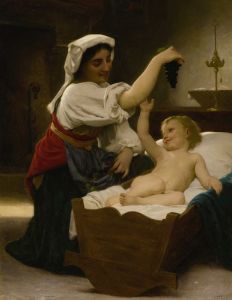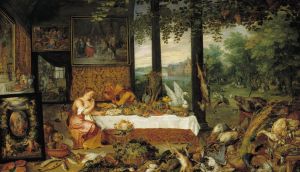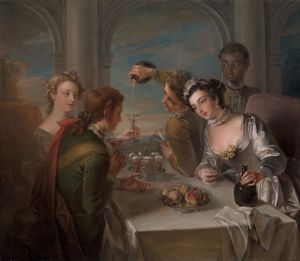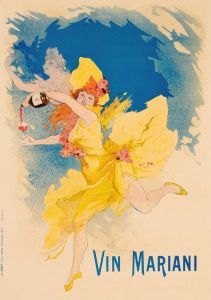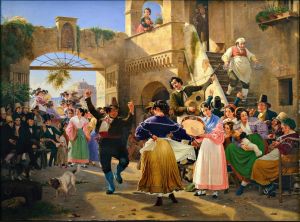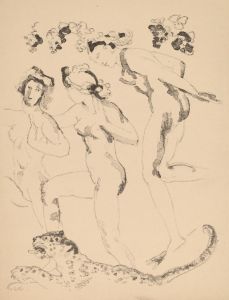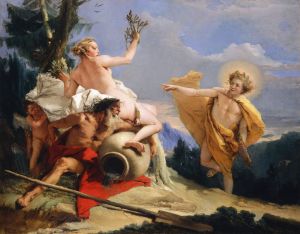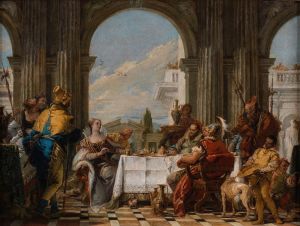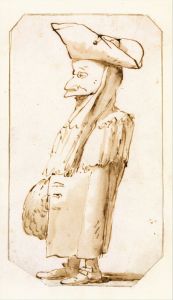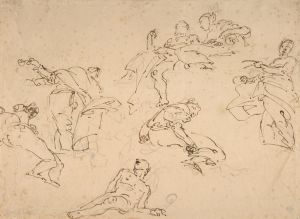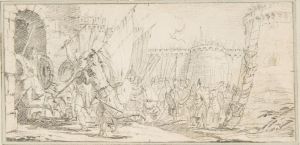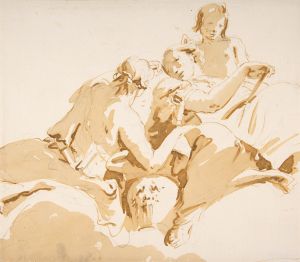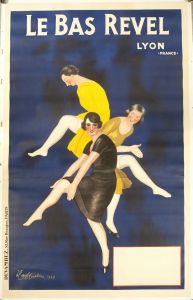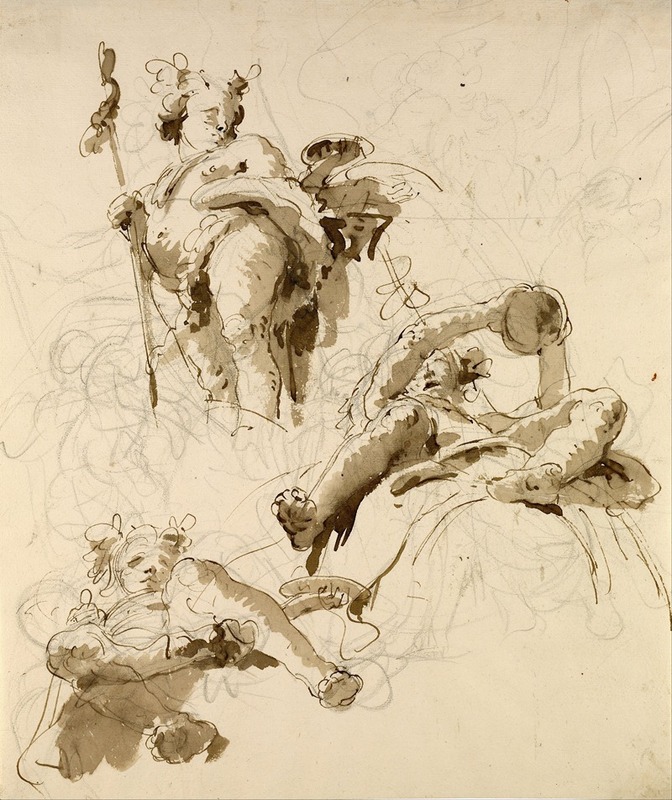
Three Studies of the God Bacchus
A hand-painted replica of Giovanni Battista Tiepolo’s masterpiece Three Studies of the God Bacchus, meticulously crafted by professional artists to capture the true essence of the original. Each piece is created with museum-quality canvas and rare mineral pigments, carefully painted by experienced artists with delicate brushstrokes and rich, layered colors to perfectly recreate the texture of the original artwork. Unlike machine-printed reproductions, this hand-painted version brings the painting to life, infused with the artist’s emotions and skill in every stroke. Whether for personal collection or home decoration, it instantly elevates the artistic atmosphere of any space.
Giovanni Battista Tiepolo, an Italian painter and printmaker, is renowned for his grandiose and imaginative frescoes and paintings that epitomize the Rococo style. Among his numerous works, "Three Studies of the God Bacchus" stands out as a testament to his mastery in capturing mythological themes with a distinctive flair. Although specific details about this particular work are limited, Tiepolo's broader oeuvre provides context for understanding its significance.
Tiepolo was born in Venice in 1696 and became one of the most prominent painters of the 18th century. His work is characterized by its vibrant color palette, dynamic compositions, and the ability to convey drama and movement. Tiepolo's art was heavily influenced by the Venetian tradition, as well as by the works of earlier masters such as Paolo Veronese and Giovanni Battista Piazzetta.
The god Bacchus, known as Dionysus in Greek mythology, is the deity of wine, fertility, and ritual madness. He is often depicted in art as a youthful, effeminate figure, sometimes accompanied by satyrs, maenads, and other mythological creatures. Bacchus is a popular subject in Western art, symbolizing not only the pleasures of life but also the chaos and unpredictability that can accompany indulgence.
In "Three Studies of the God Bacchus," Tiepolo likely explores different aspects or representations of the god, capturing his multifaceted nature. While specific details about the composition and style of this work are not extensively documented, it can be inferred that Tiepolo employed his characteristic use of light and shadow to create a sense of depth and movement. His ability to convey the ethereal and divine qualities of mythological subjects would have been central to the depiction of Bacchus.
Tiepolo's work often involved elaborate frescoes and large-scale canvases, where he could fully exercise his talent for creating immersive environments. His frescoes in the Würzburg Residence and the Palazzo Labia in Venice are prime examples of his skill in transforming architectural spaces into vibrant, narrative-driven spectacles. Although "Three Studies of the God Bacchus" may not be as grand in scale, it likely reflects Tiepolo's ability to infuse his subjects with life and energy.
Throughout his career, Tiepolo received numerous commissions from European nobility and clergy, which allowed him to travel extensively and spread his influence across the continent. His work was highly sought after for its ability to convey both grandeur and intimacy, making him a favorite among patrons who desired to showcase their wealth and sophistication.
In summary, while specific information about "Three Studies of the God Bacchus" is limited, Giovanni Battista Tiepolo's reputation as a master of Rococo art and his adeptness at depicting mythological themes provide a framework for appreciating this work. Tiepolo's legacy endures through his ability to capture the imagination and convey the timeless allure of mythological subjects, making him one of the most celebrated artists of his time.





